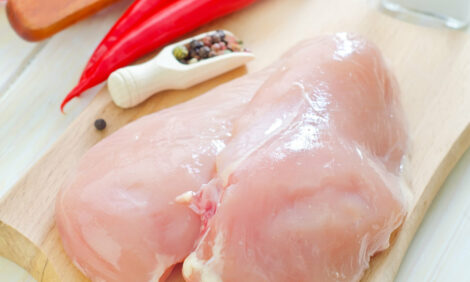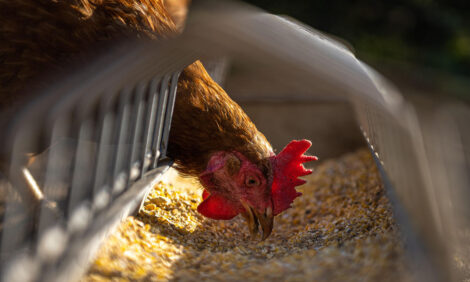



Bio-Response Incubation for an Energy-Friendly Environment
Tom Dewaele of Petersime NV introduced the concept of bio-response incubation at VIV Asia 2009 a few weeks ago. Here, he explains the background to the concept and its practical application.
Genetics and management in the poultry industry advanced significantly during the last 30 to 40 years. The importance of incubation to get the best out of the modern breeds has increased significantly during the last years.
Nowadays it is widely recognized that the way the eggs are incubated does not only determine the number of chicks produced (hatchability or hatch result) but also the quality of the chicks that are born. This quality will have a strong impact on the on-farm development of the birds, also described as the effects on post-hatch performance.
In the last 10 years, there is a tendency in the incubation industry to shift from multi-stage to single-stage incubation. Various reasons can be mentioned for this shift, being improved biosecurity, reduced labour requirements, more flexibility in the process, increased control of the process etc.


As the industry started to better understand the single stage incubation process and the scientific world became involved, new technologies were developed. The currently available technologies allow creating the ideal conditions for the embryo to develop to its maximum genetic potential.
The new concept of single stage incubation that was borne out of this better understanding and broad experience stands out by a principle totally different from the incubation as it is known until today.
This new principle is called the bio-response. In this process of incubation, the control parameters will have a direct interaction with the product, being the developing embryo. It is, therefore, also sometimes referred to as an interactive incubation control.
In a classical incubation control, the hatchery manager is limited to controlling the three basic parameters: environmental temperature, humidity and ventilation. In the process of bio-response incubation, these control parameters will now be doubled, creating a direct link between the developing embryo and its environment:
- Environment temperature → egg shell temperature
- Environment humidity → weight loss of the eggs
- Ventilation → level of carbon dioxide in the incubator.
By capturing, monitoring and controlling these signals from the developing embryos, it becomes possible to create a variable control, automatically providing those conditions that match with the requirements of the embryos in their specific development stages (young flock versus old flock; breed 1 versus breed 2 etc).
Apart from resulting in better hatch and post-hatch performance, this interactive bio-response approach of the incubation process also made researcher realise that significant energy savings could be made.
Since in the single stage incubation process, the needs for ventilation will vary in time, it becomes possible to vary the volume of ventilation and consequently reduce the energy consumption. By actively using variable speed controlled ventilation in both setter and hatcher, it is now become possible to save up to 20 per cent of electrical consumption compared with a classical single stage operation. This can easily be done by reducing the ventilation speed in certain incubation stages, when the developing embryos are less sensitive.
With an optimised hatch/post-hatch result combined with lower energy consumption, it has become clear that bio-response single stage incubation is the way forward for the incubation industry.
March 2009








